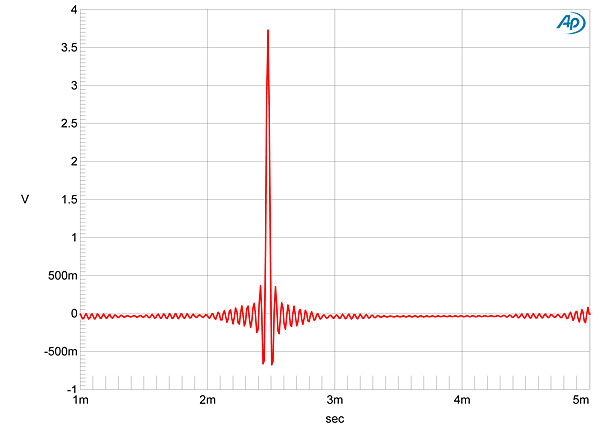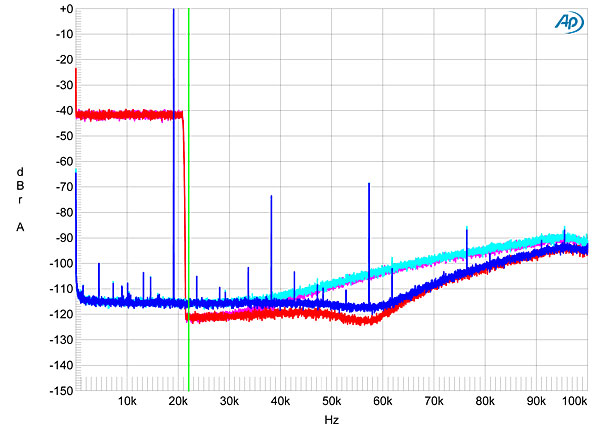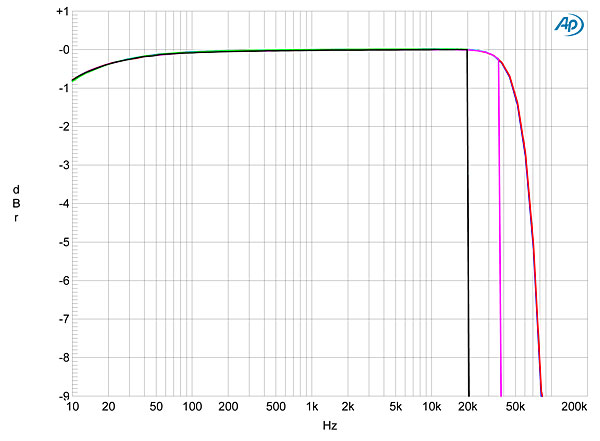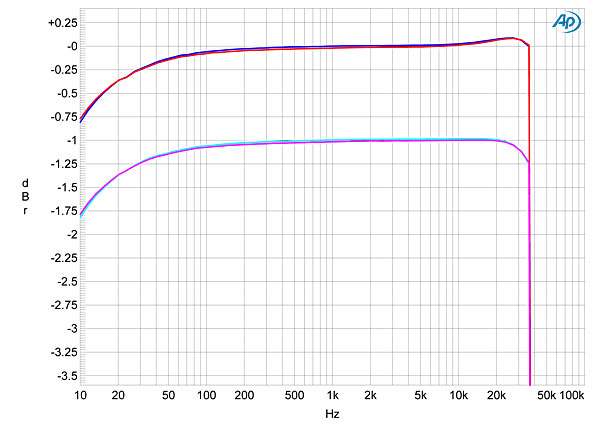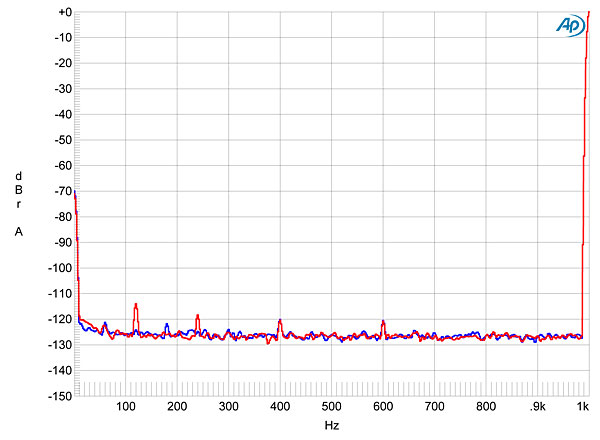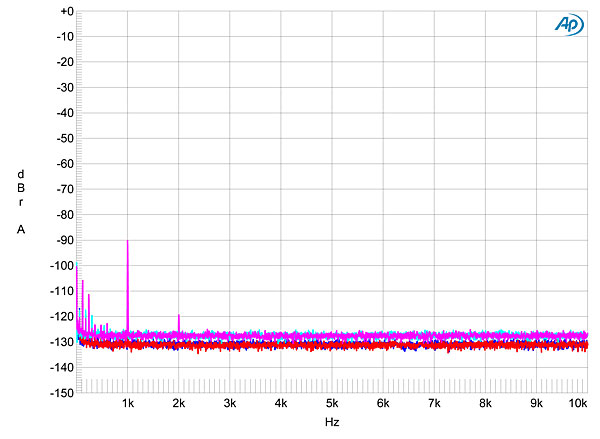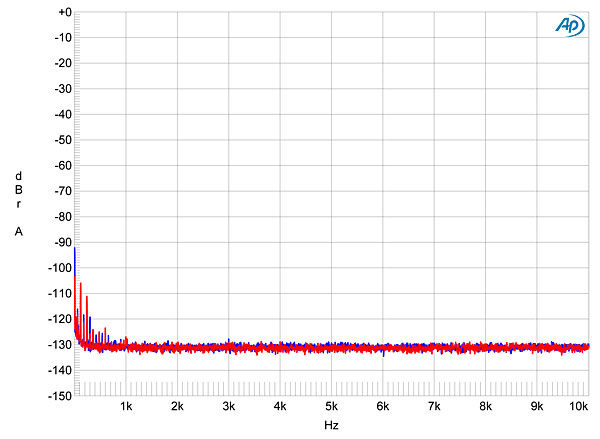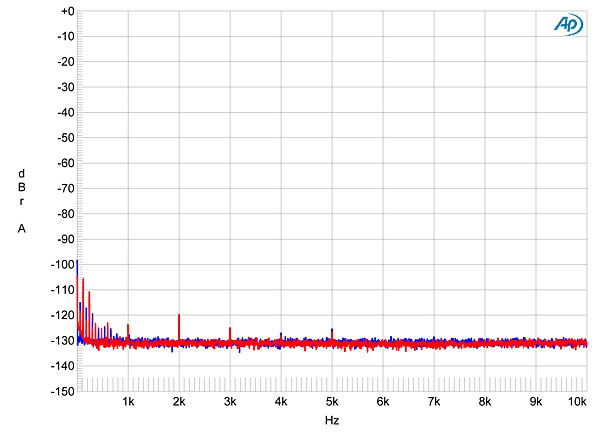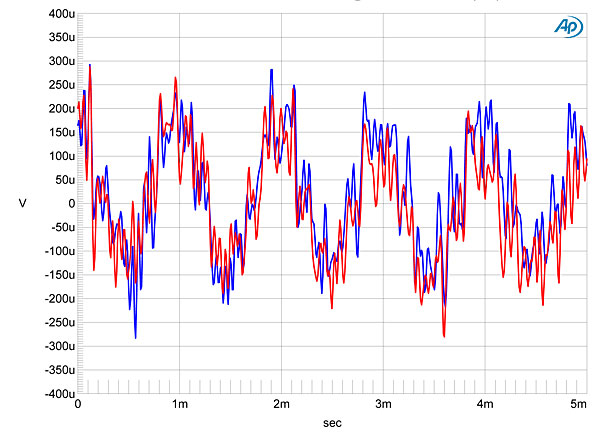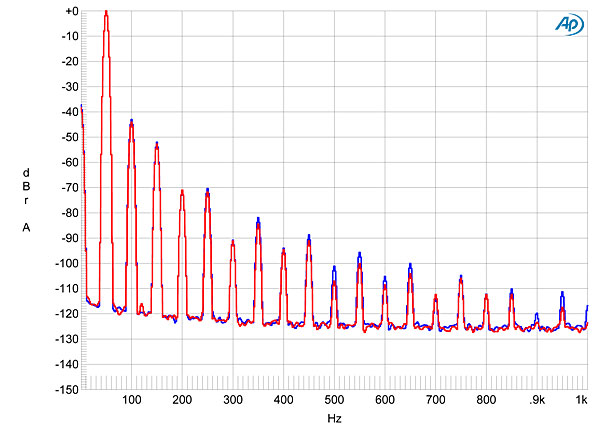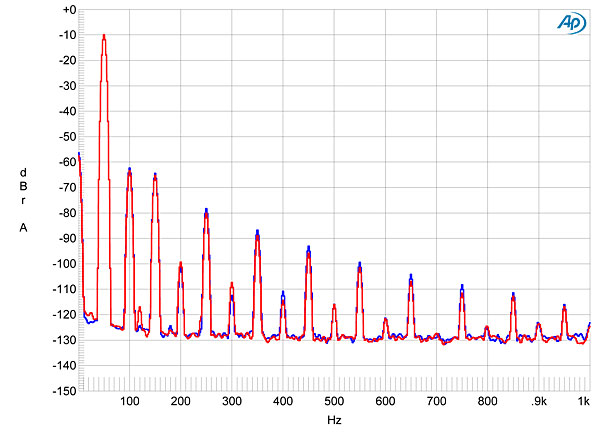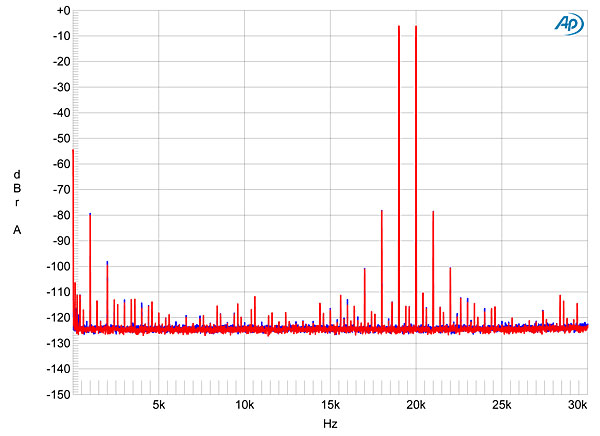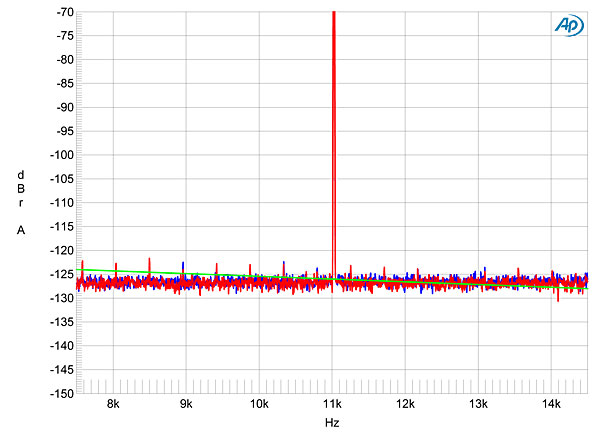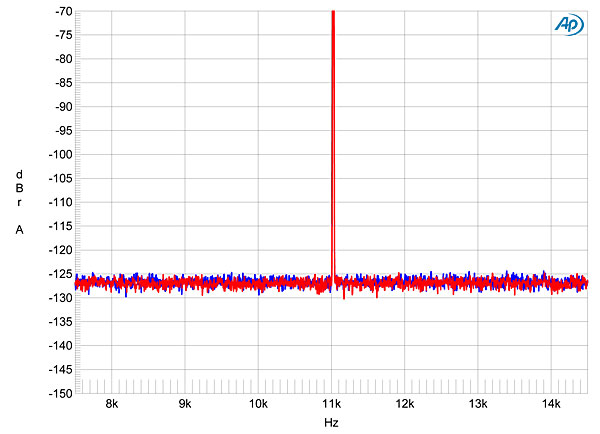| Columns Retired Columns & Blogs |
I am having some problems with the new P S Audio DirectStream DAC I bought. I am not a audiophile or a computer wiz. I have an old Dell from 2004. I called P S Audio to help with downloading the software and fired up the DAC. Using my USB cable, I was able to listen to WBGO on the net, but I could not listen to WKCR because Windows Player and Real Player gave me error messages ! I need someone who knows audio and PCs !
